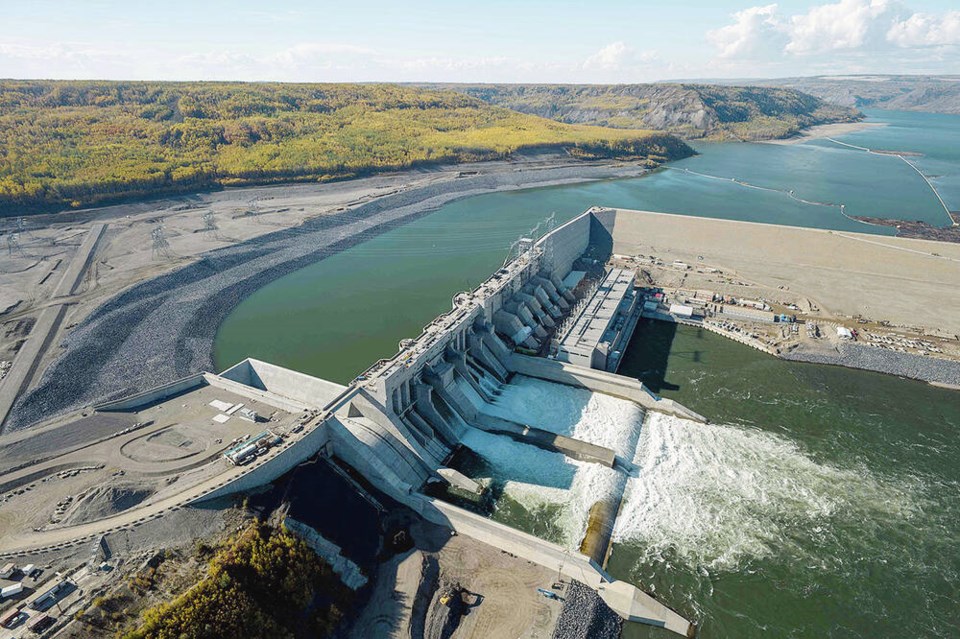Canada is now second from the bottom in G7 country productivity levels.

For young people entering the job market, prospects are grim. The unemployment rate among non-student Canadians aged 15 to 24 was 12.2 per cent in May, according to Statistics Canada. It was 20.1 per cent for returning students.
There are some immediate causes. The COVID epidemic, and the measures taken to combat it, constricted the workplace.
The rise of robotics and artificial intelligence have killed job opportunities, while the threat of U.S.-led trade wars has had a cooling effect on the economy.
It must also be said that an undergraduate degree in the humanities, once a near-guarantee of good employment, has lost much of its appeal.
Now a second degree, preferably in a work-related discipline like health administration or computer science, might be needed, and even then there is no assurance of a well-paying job.
But there are far deeper factors at work. Canada’s economy has fallen behind other advanced countries, in wages, employment levels and productivity rates.
The change over time is dramatic.
In the first three decades after the Second World War, real wages (that is, corrected for inflation) more than doubled. Since then, there has been almost no growth at all. Between the 1970s and today, average growth has been so slow that it would take 400 years for wages to double.
Indeed, it’s worse than that. Over the same period, real median employment income for men aged 25-34 fell 18 per cent, while two-income couples aged 25-34 suffered a one per cent drop.
On the face of it, the reason is easy to find.
In the period immediately after the war, productivity in Canada averaged better than three per cent a year. Productivity is a measure of the amount of value produced for a given amount of input.
Since then productivity levels have been steadily declining, such that by the period 2019 to 2024, annual productivity growth had fallen to well below half a per cent.
Canada is now second from the bottom in G7 country productivity levels.
The deeper question is why productivity has slumped. It’s not for lack of natural resources.
Alberta is sitting on 130 trillion cubic feet of natural gas and 160 billion barrels of proven oil reserves.
Those reserves alone place the province fourth among countries with oil deposits.
Saskatchewan has the world’s largest deposits of potash. Canada is one of the top five global producers of diamonds, gold, uranium, platinum and aluminum.
The economic potential for these resources are all, to some extent, affected by U.S. President Donald Trump’s trade war.
Yet it’s clear that Canada is a resource-rich country. So why has our productivity collapsed?
While there are no doubt several causes, two stand out.
First, we have failed to invest sufficiently in those sectors we should command. There was a good example of that this month when B.C. Ferries placed a multi-billion-dollar order for ships … in China.
This despite the fact that for decades, B.C. produced world-class ferries.
Second, our project licensing and approval process is brutally long and convoluted.
Out of more than 30 countries, Canada scores second last, just above the Slovak Republic, in the time needed to obtain construction permits.
Hence 55 years ago, the W.A.C. Bennett Dam was completed in just five years.
Yet B.C. Hydro’s Site C dam was finished only last year, after more than 30 years of endless reviews, legal hold-ups and government dithering.
These are some of the reasons why wages have stagnated, especially for working-class families.
And those wages will remain stagnant until a decision is made to reinvest in our economy and speed up project approval.
>>> To comment on this article, write a letter to the editor:[email protected]